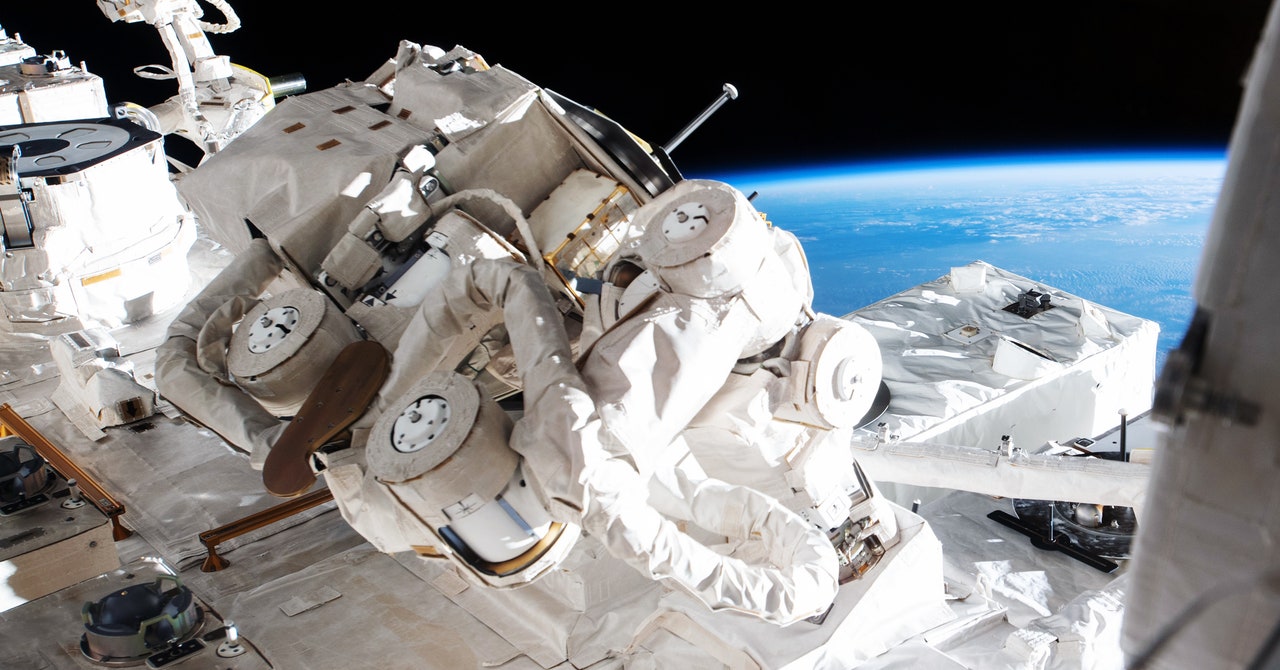
While most people might be attracted by the perpetually sunny skies, nearby ocean, or mountains hugging the Los Angeles basin, environmental engineer Annmarie Eldering was drawn to the city’s smog. “It’s the best place to go,” she says. “You’ve got tons of pollution!”
Urban areas release over 70 percent of human-made carbon dioxide emissions that wind up in the atmosphere, and LA is no exception. With over 13 million residents in its larger metropolitan area, a sophisticated network of freeways, and an international transportation hub, LA produces the fifth-most CO2 of all the cities in the world. That makes it a sweet spot for studying the role humans play in climate change.
Eldering is the project scientist for NASA’s Orbiting Carbon Observatory-3, or OCO-3, an instrument that measures atmospheric CO2 levels from space to better understand the impact of human activity on the natural carbon cycle, the process by which plants, soil, oceans, and the atmosphere exchange carbon with each other. In a paper published this month, Eldering and her colleagues released a map showing the most detailed variations of CO2 emissions over the LA basin ever seen from space. This research demonstrates that space-based monitors can be used to collect large swaths of data over pollution hot spots, information that could help inform policy to combat climate change.
“What’s exciting about the OCO-3 result is that this is the first time we’ve gotten this kind of area map over a city like LA from space,” says Joshua Laughner, a postdoctoral scholar at Caltech who works on a global ground-based monitoring system called the Total Carbon Column Observing Network. While useful for observing precisely how atmospheric carbon concentrations change over time, instruments like the TCCON are costly to run and require partnerships with skilled scientists, so their data collection is limited to specific areas. An orbiting observatory, by contrast, can scan parts of the planet that are hard to study from the ground, such as volcanoes or cities with high carbon footprints but few monitoring resources.
Launched in 2019, OCO-3 is now mounted on the International Space Station, where it sees nearly every city on Earth within an average span of three days, according to a NASA press release. It’s an improvement over its still-active predecessor, OCO-2, which can collect only a 10-kilometer-wide swath of data and is locked in a sun-synchronous orbit that passes over LA at the same time every day, meaning it can only check the city’s atmospheric CO2 levels at 1:30 in the afternoon.
“With OCO-3, we have much better spatial coverage, and also temporal coverage, because it can now look at the city at different times,” says Caltech postdoctoral scholar Dien Wu, who works closely with the team in analyzing urban emissions. OCO-3 can make multiple sweeps over a single location, mapping out a snapshot of about 80 square kilometers in as little as two minutes.
The color of each pixel on this map created by Eldering’s team represents the atmospheric CO2 concentrations in an area on the ground that’s about 1.3 miles wide. Because carbon dioxide absorbs certain wavelengths of light, scientists can use this information to deduce how much is present in Earth’s atmosphere. OCO-3 observed changes in the intensity of sunlight as it passed through a vertical column of air and created a reading for how much CO2 was in that spot.
Then the OCO-3 team compared this satellite data to “clean air” readings already collected by a ground-based TCCON instrument at NASA’s Armstrong Flight Research Center in the desert far north of LA, away from sources of local emissions. Using a baseline of about 410 parts per million (or 410 CO2 molecules for every million molecules of dry air), OCO-3 was able to identify differences down to a half part per million. They saw peak excesses of CO2 at over five parts per million over the LA basin. That may sound small, but it’s equal to the amount that these emissions are rising on a global scale every couple of years.


